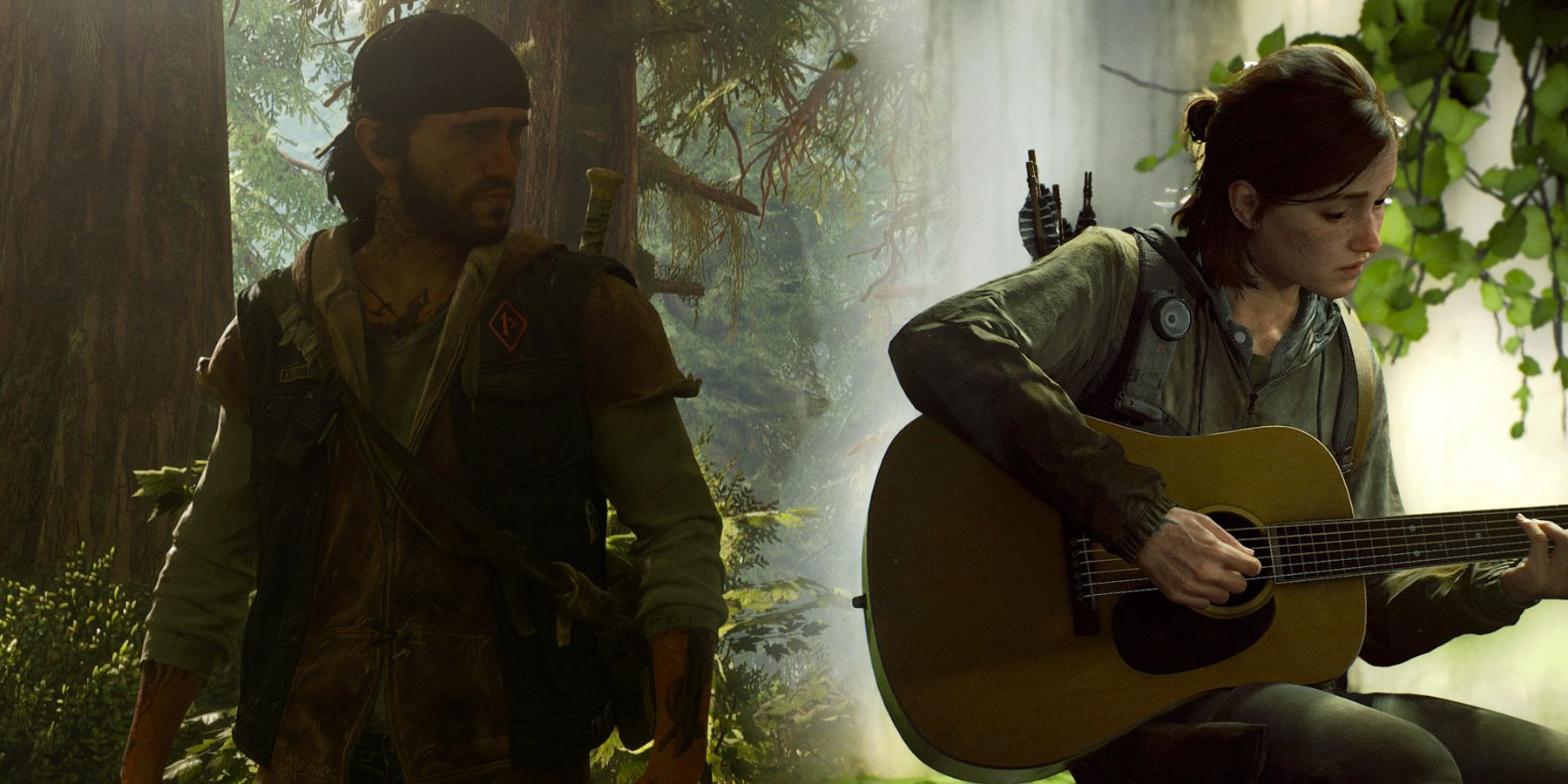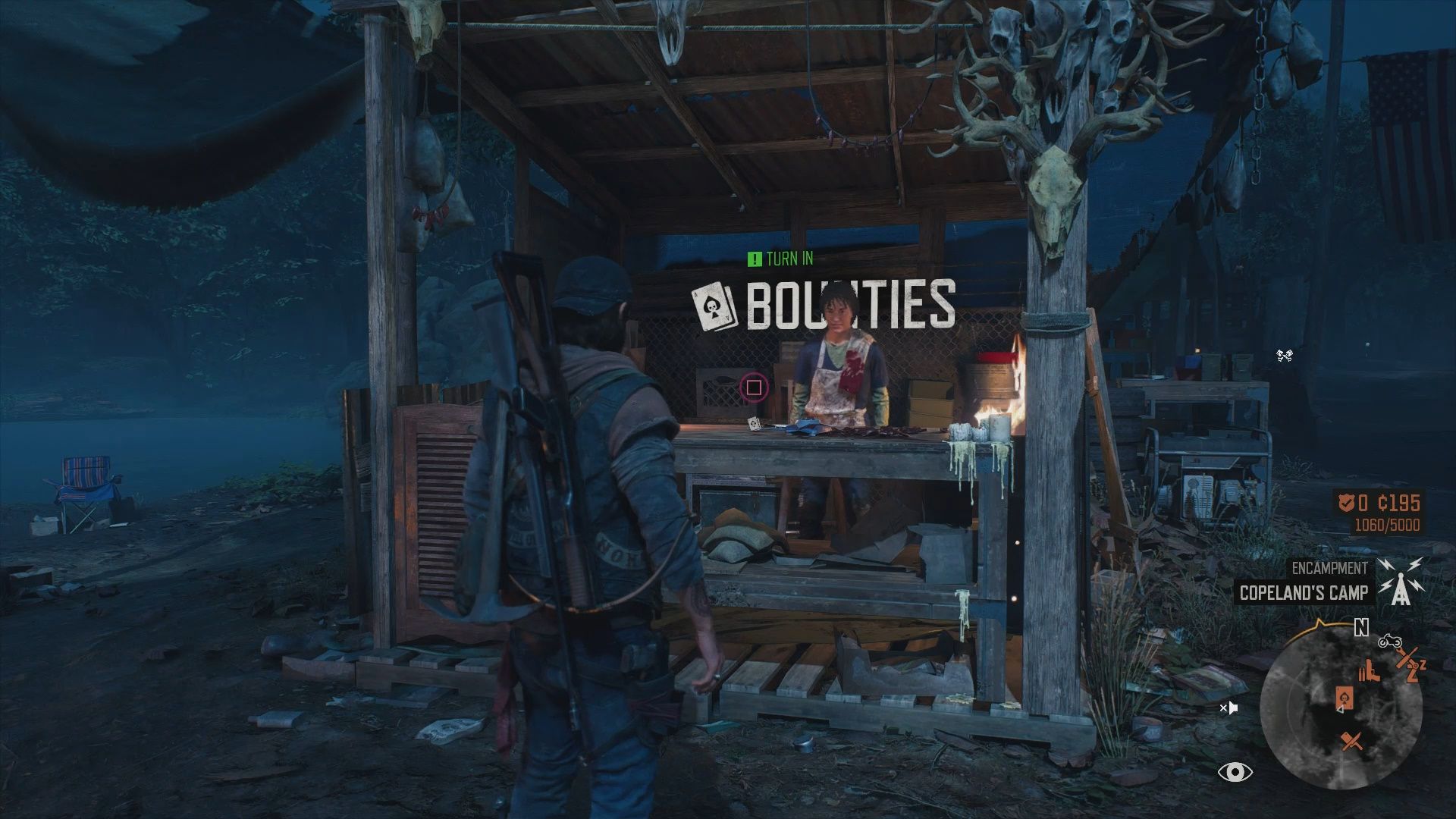It is exciting for Factions fans and The Last of Us fans alike that a standalone multiplayer game is in development. Because it has been revealed to have some semblance of a narrative-driven tone and a scale exceeding that of The Last of Us’ single-player games, there are certain implications made about what it could entail. The most compelling feature that such a premise could potentially entail is a camp dynamic, where players may become affiliated with different camps throughout the available locale and run errands for the NPCs and players who live there.
There is currently no confirmation that this is how The Last of Us’ multiplayer game is designed, but if it is indeed a multiplayer game with story beats and a massive scope, it is terribly likely that players will be interacting with NPCs. If so, an encampment system would make the most sense, seeing as how players could sign up for tasks such as routine patrols or looting endeavors with a group of other players. Shops and other resources could also be provided in camps, and for inspiration on these features, Naughty Dog should look no further than Days Gone’s own dynamic encampment system.
Days Gone’s Encampments Provide Immersive Social Dynamics
Days Gone echoed The Walking Dead fairly closely in terms of how characters belonged to affiliate encampments, whose ideologies are typically stark to one another or where different people are represented in contrast to the protagonist. Days Gone’s Deacon St. John is a nomad, able to move between encampments and mingle somewhat amicably with a diverse cast of characters for his own needs.
Encampments like Copeland’s, Tucker’s, or Iron Mike’s have comparable vendors, such as kitchens, merchants, bounties, and mechanics. Here, players are able to safely refuel and repair before heading back out into Freaker or Ripper territory.
Interactions with characters in these encampments is commonly how the narrative in Days Gone is progressed, but even if players are simply stopping by on their way to another destination to purchase a new firearm, trade wolf meat or Freaker ears for currency, or repair damages to Deek’s motorcycle, Deacon will chat with those around him. This lays the foundation for an immersive social dynamic between the player and the encampments they travel to, as well as the eccentric NPCs they may find there.
The Last of Us’ Multiplayer Game Should Take a Page Out of Days Gone
Days Gone’s design was largely imperfect, but if The Last of Us’ multiplayer game attempts a similar structure to hub camps with social dynamics, it should definitely look to it for influence. The Last of Us’ single-player games already established this sort of encampment dynamic in towns like Boston or Jackson, let alone the highly fortified and bountifully supplied Seattle stadium.
If players imagine these locations with a blend of NPCs and other players, they could behave similarly in a multiplayer atmosphere. The Last of Us could allow players to trade in materials for a currency, letting them feel as though they were contributing to particular features in the camp as a result, especially if contributions were publicly displayed. The Last of Us could thrive in this environment, and would be able to excel at crafting an exciting narrative as Naughty Dog did with The Last of Us Part 1 and The Last of Us Part 2.
Days Gone makes Deacon a drifter bouncing back-and-forth between camps for a lot of the game, but The Last of Us’ multiplayer game could have players build themselves a home in an encampment and truly get to know the NPCs that they struggle to survive alongside. Likewise, it would be incredible if players could aid in defending their camps from players who come from another camp and attempt to raid them.
A The Last of Us multiplayer game is in development.



